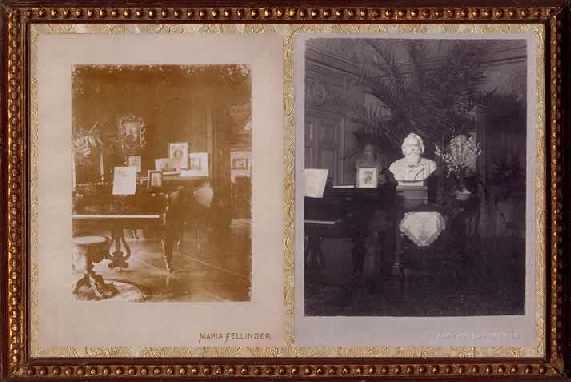
Updated 6/23/09, 8/2/11
The Frederick Collection of Historical Pianos in Ashburnham, Mass is a wonderful museum that you should visit. Set aside two or three hours, and let Pat or Mike walk you through the pianos at the Study Center (call first to make sure they are open.) I know of no other museum in existence that allows you such close access to so many playable historic instruments. I love many of the grand pianos at the Study Center, but one of my favorites is the Austrian Streicher made in 1871. The most common thing you usually hear about Streicher pianos is that Brahms himself owned one. The piano that Brahms had was probably very similar to this one. Many Streichers in Germany were destroyed during the war, and the end result is that scholars looking to study these fine old instruments sometimes wind up coming to the United States to see them.


Note: Some of you have written in to say that the link above is broken. The file size may prevent it from being directly played. If you can't access the link above, try this lower quality version. But note that this mp3 is ripped at an ultra-low 56 kbps, so don't expect audiophile quality out of it. Brahms Intermezzo, lower-quality compression (1.8 MB)
(1871 Streicher grand piano, 2 Neumann KM184 microphones in ORTF configuration, Symetrix SX302 mic preamp, M-Audio 2496 Audiophile USB sound card. Digital editing and compilation done by Cool Edit Pro. Mp3 conversion done by Musicmatch.) One of Brahms' most popular piano pieces, this calm Intermezzo is deceptively simple. Like all late Brahms, it contains the sum of what he had learned in his lifetime - beneath the pretty melody is a work of remarkable maturity and complexity. The Intermezzo is in standard 3-part form. Two canons in the trio are framed by calm outer sections that end in one of Brahms' signature chorales.
E-mail me about pianos or telescopes Back to Scope Reviews Home Page